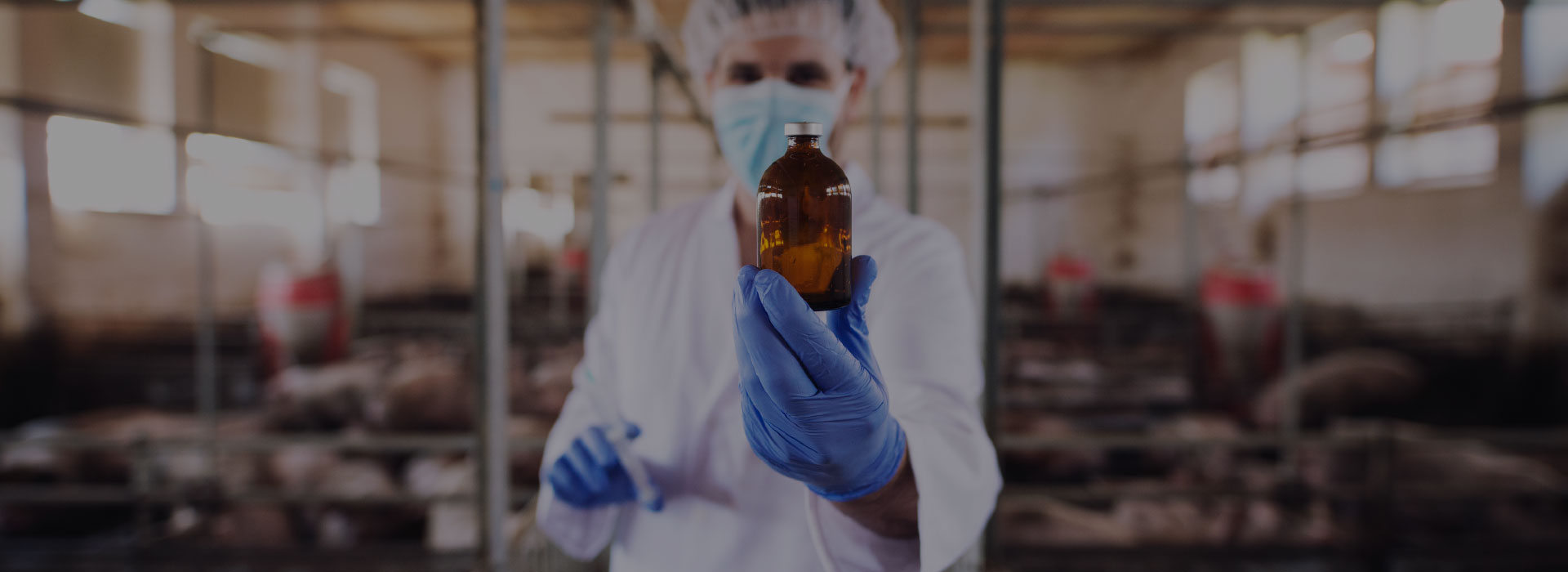
Antibiotics Free Production
Enric Marco, Swine consultant, Marco Vetgrup, SLP (España)
It is estimated that, each year, antibiotic resistant infections in the EU (1):

Kill at least 25,000 patients.

Cost € 1.5 billion in healthcare and societal costs of infections.
Many countries have established strategies under One Health perspective.
At the same time, the growing sensitivity of society generates new demands for products like meat of animals raised without antibiotics.
But it is not easy…
How to produce pigs without using antibiotics
- The farm must be free of viral diseases.
- It will be essential to design a complete vaccination program.
- The health status of the herd has to be maintained stable: own-replacement or a long acclimatization period.
Multiparous sow’s offspring will facilitate achieving production without the use of antibiotics:
Production results for P1 and P2 + progeny
Nursery mortality (%)
2.96
1.52
Nursery ADG (g/day)
430
465
Nursery Drug Cost (US$)
1.37
0.53
Finishing mortality (%)
3.08
3.25
Finishing ADG (g/day)
795
820
Finishing Drug Cost (US$)
1.07
0.77
(2) Adapted from Moore, C. 2005.
- Reduced cross-fostering (MacREBEL management) have been shown to positively impact later stages health during PRRS outbreaks.
1. Sow and piglet allocation pre-movement on adoption day
ROOM B

PRRSV STATUS SOWS
–
PRRSV STATUS PIGLETS
–
ROOM B

PRRSV STATUS SOWS
+
PRRSV STATUS PIGLETS
+
2. Sow and piglet allocation post-movement at the termination of the study
ROOM B

PRRSV STATUS SOWS
+
PRRSV STATUS PIGLETS
+
ROOM B

PRRSV STATUS SOWS
+
PRRSV STATUS PIGLETS
+
The decision to leave only multiparous offspring as candidates for antibiotic-free production ruling out the pigs of primiparous would be completely useless if their piglets have previously been transferred.
Figure 2 Porcine reproductive and respiratory syndrome virus (PRRSV) status of sows and pigs, and sow and piglet room allocation pre-movement on the day when adoption took place (1) and post-movement at the termination of the study (2). Rooms B and C indicate the different rooms used during the study. PRRSV status positive (+) or negative (-) of the sow and litter is shown at the bottom of each room drawing.
(3) Garrido‐Mantilla et al. (2020)
- Special care should be taken with low-birth-weight piglets: pigs with the lowest 10% weights should not be selected for antibiotic-free production as they are the ones that suffer the most problems.
Mortality from weaning to market (159 days)

Weaning weights (Kg)
(4) Vidal, A. (2015)
- Late weaning (28 days or more) facilitates adaaptation to a solid diet.
- 15 to 20% more surface area per animal will reduce stress.
- Correct environmental conditions (ambient temperature, air speed, and air quality).
- All in-All out plus group-specific injection equipment, hand washing between batches, and changing of boots and coveralls.
Effect of AI-AO on respiratory disease and production

(5) Adapted from Scheidt AB, et al. (1995)
- Good cleaning and disinfection between batches (floors and walls, troughs and drinkers, water lines (6),…).
- A good nutrition and feeding program is needed.
The costs and profit margins obtained are not always higher than those achieved with traditional production.
References
Communication from the Commission to the European Parliament and the Council. Action plan against the rising threats from Antimicrobial Resistance. Brussels, 15.11.2011. COM (2011) 748 final. http://ec.europa.eu/dgs/health_consumer/docs/communication_amr_2011_748_en.pdf
2. Moore, C. (2005). Parity Segregation. London Swine Conference-Production at the Leading Edge, pp. 61-67.
3. Garrido‐Mantilla et al. (2020). Transmission of influenza A virus and porcine reproductive and respiratory syndrome virus using a novel nurse sow model: a proof of concept. Veterinary Research (2020) 51:42 https://doi.org/10.1186/s13567‐020‐00765‐1.
4. A. Vidal, 2015. Vall Companys prived trial (1009 animals).
5. Scheidt AB, et al. 1995. The effect of all-in-all-out growing-finishing on the health of pigs. J Swine Health Prod;3(5):202–205.
6. Loera-Muro, VM, et al. (2013). Detection of Actinobacillus pleuropneumoniae in drinking water from pig farms. Microbiology, 159, 536–544.

